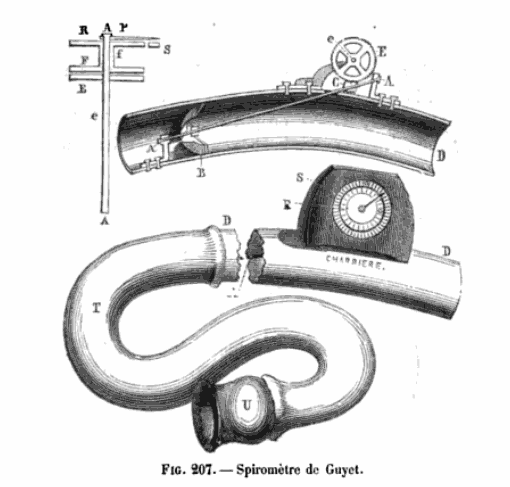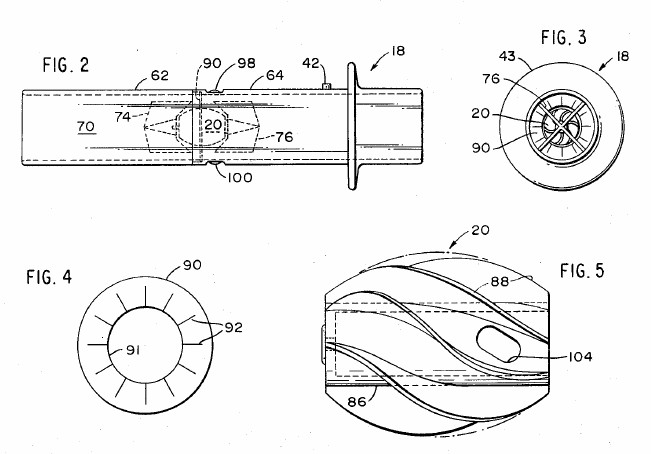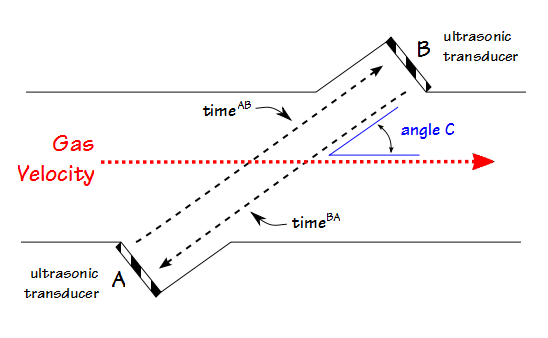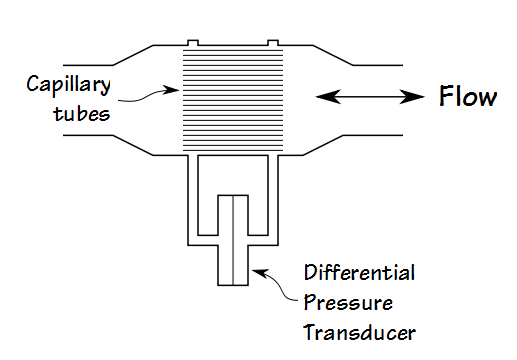I’ve been interested in ventilation inhomogeneity for a while and as ways to measure it I have looked at VA/TLC ratios, the Lung Clearance Index (LCI) and the phase III slope of the single-breath N2 washout (SIIIN2). All of these tests are able to provide some information about ventilation inhomogeneity but each has their own limitations and just as importantly although their results have a relatively clear relationship with ventilation inhomogeneity it’s not quite as clear what exactly it is they are measuring. A friend recently pointed me to an on-line article in Chest that discusses the dual-tracer single-breath washout test in patients with COPD. The apparent advantage of this test is that it is able to provide information about the site of the ventilation inhomogeneity. Although dual tracer gases have been used to study airway function for over 50 years the limitation of this technique has been the need to use a mass spectrometer. Some recent advances in technology have made it possible for this type of testing to be performed with a significantly less expensive gas analyzer and this has revived an interest in the dual-tracer gas single-breath washout (DTG-SBW).
The two tracer gases in question are Helium and Sulfur Hexaflouride (SF6). Helium has a density of 4 gm/mol and the density of SF6 is 146 gm/mol, and it is the difference in densities between these two inert and insoluble gases that make this test useful. In order to understand why we need to revisit to the anatomy of the terminal airways.





